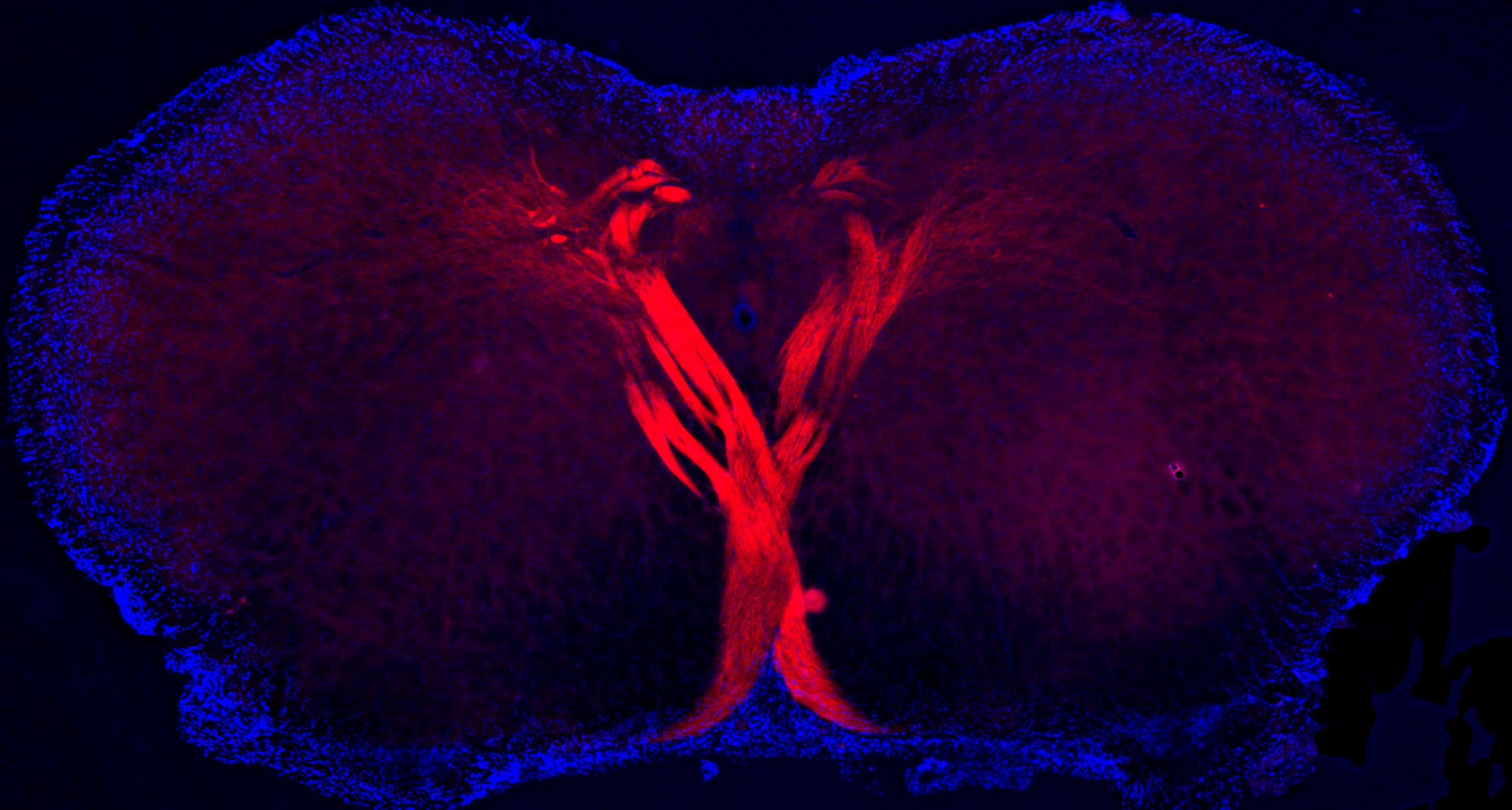Measure the modulation of central amygdala circuits by circulating nutrients and pre/post ingestive factors
The central amygdala is a valence hub and feeding center modulated by brain inputs, circulating molecules in the bloodstream, and an ascending gut-vagal axis. In this project, we are using fiber photometry, biosensors, and slice electrophysiology to measure how neural activity, neurotransmission, and signaling in the central amygdala are modulated by ingestive factors over different time scales. This project will help us understand how homeostatic ingestive signaling moieties can regulate emotional circuits and provide novel links for mood and digestive disorders.
Identify feeding-related signaling and synaptic mechanisms of amygdala neurons
Feeding is a complex behavior regulated by a symphony of signaling pathways that function in the periphery and in the brain. In this project, we are investigating the role of specific neuropeptidergic signaling pathways within the penumbra of feeding-related neural circuits. Using cell specific genetic, molecular, behavioral, and slice electrophysiological approaches, we are investigating how these pathways regulate synaptic function and behavior. We hope to identify novel pharmacotherapies for obesity and diabetes treatments within a neural circuit framework.
Characterize the role of the central amygdala neuronal ensembles in modulating appetitive and consummatory behavior
Recent work from our lab and others have shown that the central amygdala is an important brain nucleus for the bidirectional modulation of food intake. Moreover, these studies have shown that the central amygdala may encode aspects of food palatability and promote hedonic feeding. In this project we are investigating how discrete ensembles of neurons in the central amygdala are activated or inhibited during different forms of homeostatic and hedonic feeding using both free feeding and operant conditioning paradigms using fiber photometry. To determine the causal roles of these ensembles, we will use additional neural circuit approaches including cell ablation, DREADDs, and optogenetics. The ultimate aim of this project is to understand how the amygdala assigns emotional value to food which is critical for understanding the etiology of binge eating.
